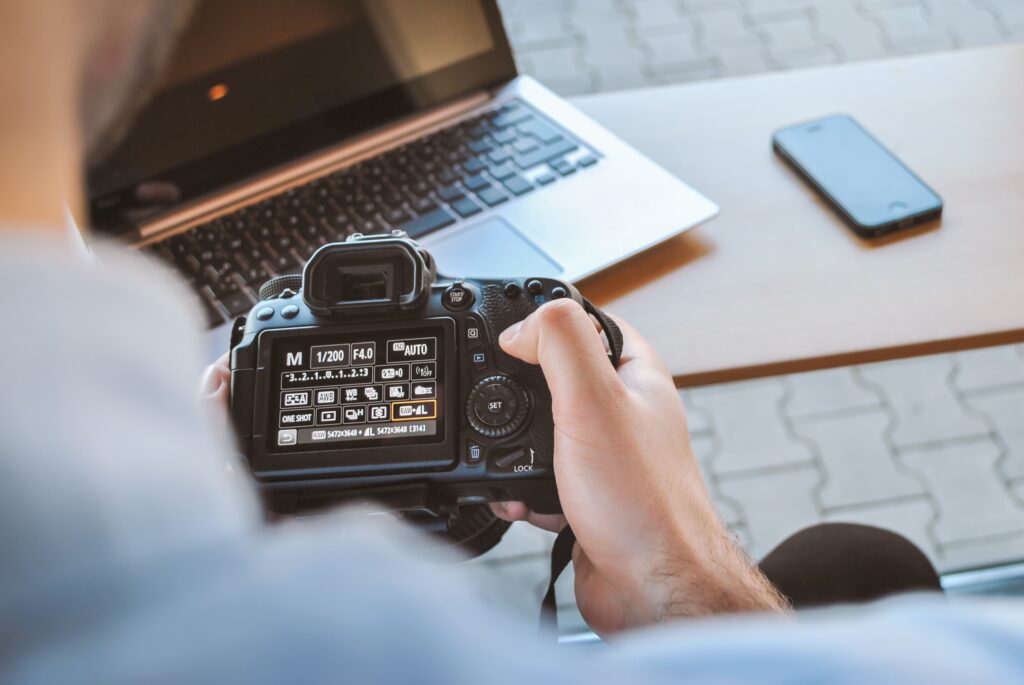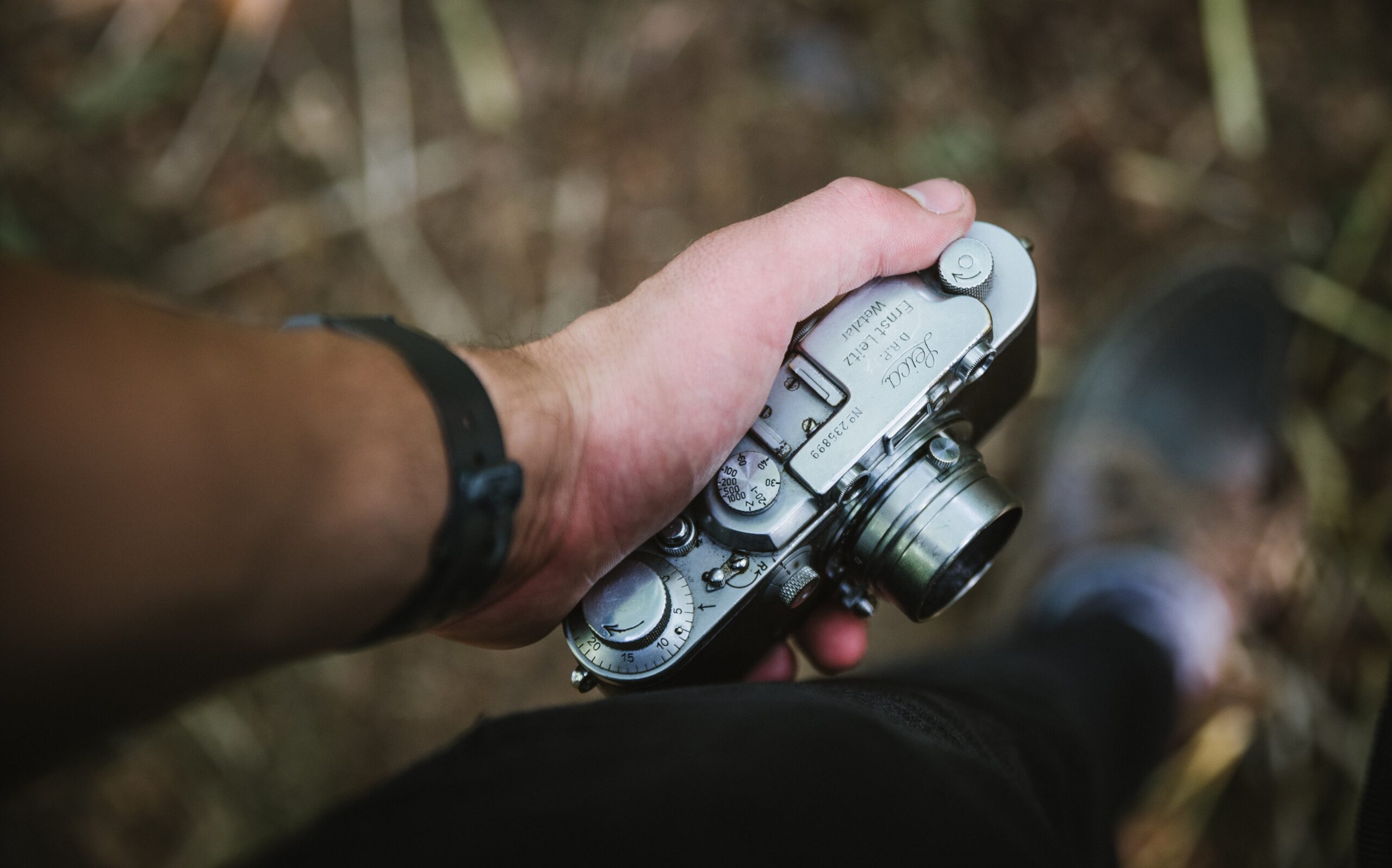Get ready to unlock the secrets of the best photographer! In this article, you’ll discover valuable tips and tricks on how to capture stunning photographs. From understanding and utilizing natural light to mastering manual camera settings, we’ll guide you on your journey towards becoming a professional photographer. You’ll also learn how to make money from selling your photos, travel to the most picturesque locations, create a website to showcase your portfolio, and even find the perfect camera for your kids. Along the way, we’ll explore the best camera brands and share essential maintenance tips to keep your equipment in top shape. Whether you’re a beginner or looking to enhance your skills, get ready to delve into the world of photography and unleash your creativity.
How to Take the Best Photos
Taking great photos is a skill that anyone can learn and improve upon with practice. Whether you’re using a DSLR or a smartphone camera, there are certain techniques and tips that can help you capture stunning images. In this article, we will explore various aspects of photography, from getting the best light conditions to using manual camera settings effectively. We will also delve into the secrets of the best photographers, discuss how to become a professional photographer, and even explore ways to make money selling your photos. So, let’s dive right in!

This image is property of images.unsplash.com.
Getting the Best Light Conditions
Lighting is one of the most important factors in photography. The way light interacts with your subject can make or break a photo. To get the best light conditions, it’s important to understand the concept of golden hour. This refers to the time just after sunrise or before sunset when the light is soft and warm, casting a magical glow on everything it touches. Shooting during golden hour can elevate your photos and create a captivating atmosphere.
Apart from golden hour, other lighting conditions such as overcast skies or diffused light can also produce stunning results. When shooting in harsh sunlight, try to find shade or use a diffuser to soften the light. Remember to experiment and find the lighting conditions that work best for your subject and desired outcome.
Using Manual Camera Settings Effectively
While modern cameras have advanced automatic modes, learning to use manual camera settings can give you more control over your photos. Understanding concepts like aperture, shutter speed, and ISO is essential for taking your photography skills to the next level.
Aperture controls the amount of light entering the camera and also affects depth of field. A wider aperture (lower f-stop number) creates a shallow depth of field, blurring the background and making your subject stand out. On the other hand, a smaller aperture (higher f-stop number) increases the depth of field, resulting in more of the scene being in focus.
Shutter speed determines how long the camera’s sensor is exposed to light. It can be used creatively to freeze motion or add motion blur. A faster shutter speed freezes action, while a slower shutter speed captures motion blur, creating a sense of movement.
ISO determines the camera’s sensitivity to light. A lower ISO (e.g., ISO 100) is ideal for bright conditions, while a higher ISO (e.g., ISO 800 or higher) is suitable for low-light situations. However, keep in mind that higher ISOs can introduce noise into your photos, so it’s important to find the right balance.
Secrets of the Best Photographers
The best photographers have a few secrets up their sleeves that contribute to their stunning imagery. One of the most important secrets is to always be prepared and observant. Pay attention to the details in your surroundings, and don’t be afraid to experiment and try new things. Trust your artistic instincts and develop your unique style.
Another secret is to constantly learn and seek inspiration. Take the time to study the work of other photographers and analyze what makes their images stand out. Join photography communities, attend workshops, and engage in constructive critiques to expand your knowledge and improve your skills.
Lastly, always remember that photography is not just about technical proficiency but also about emotion. The best photographers are able to capture the essence of a moment and evoke emotions in their viewers. Develop your storytelling skills and learn how to convey a message or tell a story through your images.
Becoming a Professional Photographer
If you have a passion for photography and dream of becoming a professional photographer, there are several steps you can take to turn your passion into a career. The first step is to continue honing your skills and building a strong portfolio. Experiment with different genres and styles of photography to showcase your versatility.
Networking is crucial in the photography industry. Attend events, join photography clubs, and connect with other professionals in the field. Building relationships with fellow photographers, clients, and industry experts can open doors to new opportunities and collaborations.
Consider investing in professional gear and software to enhance the quality of your work. This includes upgrading to a DSLR or mirrorless camera, purchasing high-quality lenses, and investing in post-processing software like Adobe Lightroom or Photoshop. These tools will allow you to take your photography to the next level and produce professional-grade images.
Lastly, market yourself effectively by creating a strong online presence. Build a website or create a portfolio on photography platforms to showcase your work. Use social media platforms like Instagram and Facebook to share your images and engage with your audience. Remember to consistently update your portfolio and engage with potential clients to increase your chances of success.

This image is property of images.unsplash.com.
Making Money Selling Your Photos
Once you have developed a strong portfolio and honed your skills, you may start considering ways to monetize your photography. There are several avenues to explore for making money selling your photos.
Stock photography is a popular option where you can upload your images to online platforms and receive royalties when someone purchases the rights to use your photos. Another option is to offer your services as a freelance photographer for events, portraits, or commercial shoots. Building a reputation and word-of-mouth referrals can help you land paid gigs.
Prints and merchandise are another way to monetize your photography. You can sell prints, calendars, or even create personalized products like mugs or phone cases featuring your images. Setting up an online store or utilizing print-on-demand services can make it easier to sell your creations.
Teaching photography is also a viable option for making money. Many aspiring photographers are eager to learn from experienced professionals. Offer workshops, online courses, or one-on-one mentoring sessions to share your knowledge and earn an income.
Traveling to the Best Places for Photography
If you have a passion for photography and love to travel, combining the two can result in breathtaking experiences. Traveling to the best places for photography can provide you with unique opportunities to capture stunning landscapes, fascinating cultures, and unforgettable moments.
Research and plan your trips carefully to make the most of your photography adventures. Look for destinations that offer a diverse range of subjects to photograph, such as iconic landmarks, natural landscapes, and vibrant street scenes. Consider the time of year, weather conditions, and local events to capture the essence of a place.
When visiting a new location, take the time to immerse yourself in the culture and connect with locals. This will not only enhance your overall travel experience but also allow you to capture authentic and meaningful images.

This image is property of images.unsplash.com.
Creating a Website with Your Photo Portfolio
In today’s digital age, having a website with your photo portfolio is essential for showcasing your work and attracting potential clients. A website serves as your online gallery and allows you to curate a collection of your best images.
When creating a website, choose a clean and user-friendly design that puts the focus on your photography. Organize your portfolio into categories or projects to make it easy for viewers to navigate. Include a brief artist statement and contact information to make it simple for interested clients to get in touch with you.
Regularly update your website with new work to keep it fresh and relevant. Consider including a blog or journal section where you can share behind-the-scenes stories, photography tips, or travel experiences. This will help create a personal connection with your audience and demonstrate your expertise in the field.
Buying the Best Camera for Your Kids
If your children have shown an interest in photography, buying them a camera can be a great way to nurture their creativity and encourage their passion. When choosing a camera for kids, there are a few factors to consider.
Firstly, opt for a camera that is user-friendly and suitable for their age and skill level. Look for cameras with simple controls and intuitive interfaces. Compact point-and-shoot cameras or entry-level DSLRs are great options for beginners.
Durability is another important factor to consider when buying a camera for kids. Look for cameras that are built to withstand drops, spills, and other accidents. This way, you can ensure that the camera will last and can handle the wear and tear of enthusiastic young photographers.
Lastly, consider the budget. While professional-grade cameras may be tempting, it is important to choose a camera that is within your price range and offers good value for money. Remember, it’s not the camera that makes the photographer, but rather the skill and creativity behind the lens.
Learning Basic Photography
For those who are new to photography, learning the basics is a crucial step towards improving your skills. Understanding fundamental concepts and techniques will provide a solid foundation that you can build upon.
Start by familiarizing yourself with your camera and its settings. Read the camera manual, experiment with different shooting modes, and practice adjusting basic settings like aperture, shutter speed, and ISO.
Composition is another key aspect of photography. Learn about the rule of thirds, leading lines, and framing to create visually appealing images. Experiment with different perspectives and angles to add interest to your photos.
Practice is essential when learning photography. Take your camera with you everywhere you go and challenge yourself to photograph different subjects and scenarios. Don’t be afraid to make mistakes and learn from them. It’s through practice that you will develop your own style and improve your technical skills.
In conclusion, taking the best photos involves a combination of technical knowledge, artistic vision, and practice. By understanding light conditions, mastering manual camera settings, and learning from the secrets of the best photographers, you can elevate your photography skills. Whether you aspire to become a professional photographer, make money selling your photos, or simply enjoy photography as a hobby, the key is to keep exploring, learning, and letting your creativity soar. So grab your camera, start capturing moments, and let your photographs tell stories that inspire and captivate. Happy shooting!

